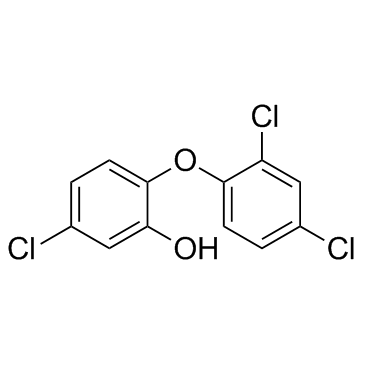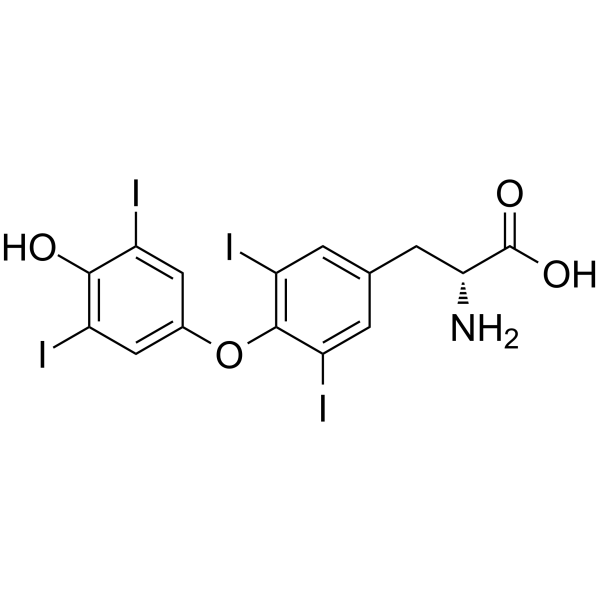| Structure | Name/CAS No. | Articles |
|---|---|---|
 |
Triclosan
CAS:3380-34-5 |
|
 |
Dextrothyroxine
CAS:51-49-0 |